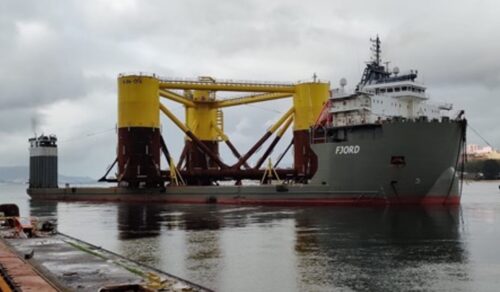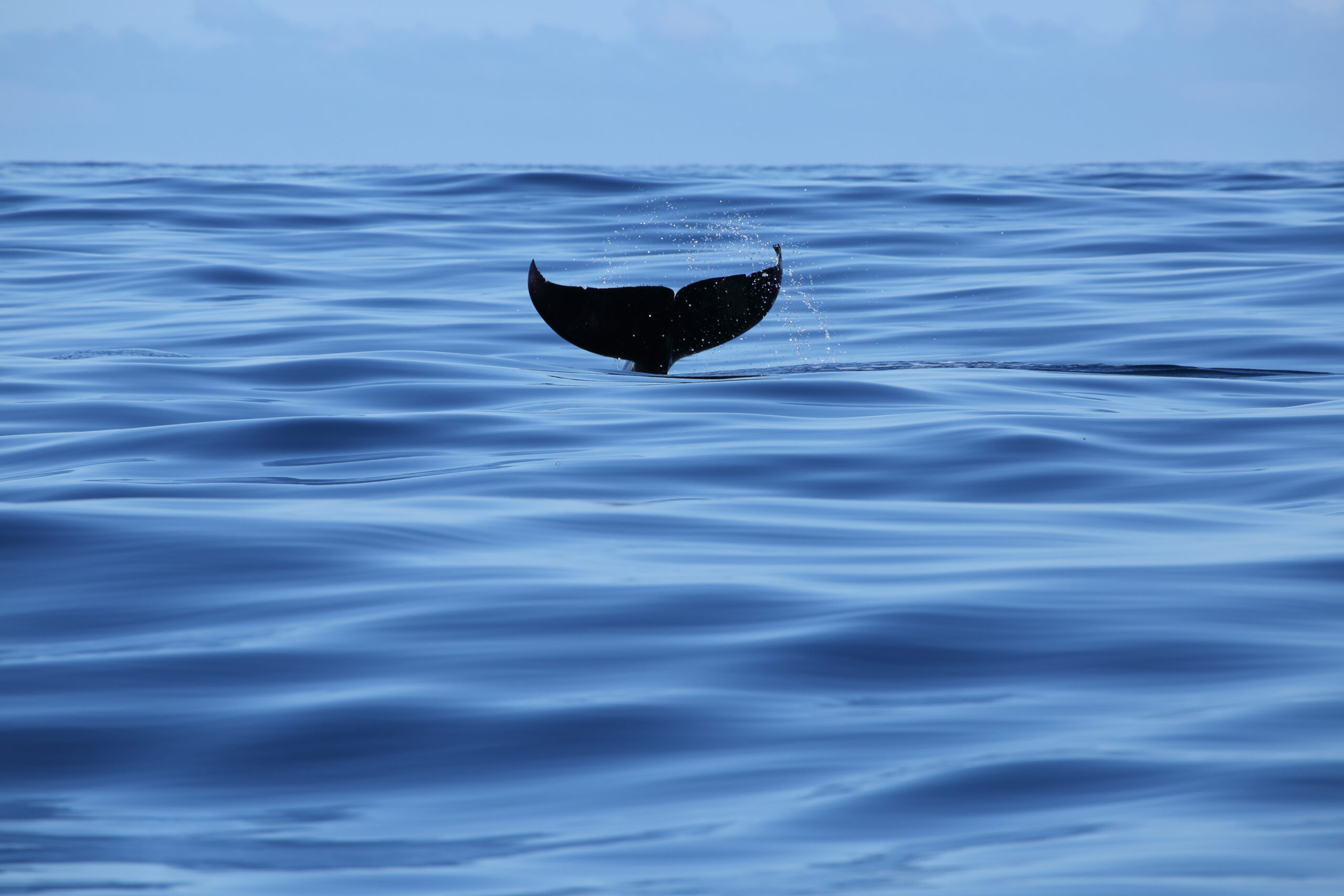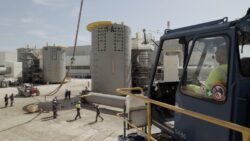CADEMO benefits
The CADEMO project is an ideal first building block for California offshore wind. It is the only way to provide truly useful data and systematic know-how for offshore wind in this very new environment. This is the necessary step to de-risk the state’s upcoming gigawatt-size projects.
Years in advance
First data in new environment
Technology and innovation
Industry and jobs opportunity
Introducing offshore floating wind in the Pacific Ocean environment
Pilot projects are needed for California and the Central Coast for several reasons:
- Aggressive state and federal deployment targets will accelerate the timing of permit and lease processes, which will in turn raise environmental concerns.
- The massive scale of production and logistical requirements for the construction, assembly and installation of floating turbines will challenge California’s development targets.
- High expectations of local job creation despite intense global supply chain competition could boomerang.
Values and benefits of CADEMO
Given the above factors, CADEMO can fill a fundamentally important function to bridge risks and clarify unknowns. Making an early launch of full-size offshore wind technology at a small-scale is a sensible proposition in California’s unique ecosystem and economy – but also globally, where CADEMO is likely to be the first floating wind farm using this size technology.

Time advantage over federal projects
CADEMO is located in California state waters off Vandenberg Space Force Base. This is a unique military property with 46 miles of coastline, effectively a military-industrial landscape with commercial space launches and nuclear missile testing, so it is far from being a pristine environment. The project permit work started in 2018, with the project expected to be fully operational and exporting power to the California grid by 2027. If the project had been sited in federal waters, it would be subject to the same regulatory timelines as those commercial projects, with operation starting roughly 2032 – thus losing its early demonstration value. The state’s environmental review process under the California Environmental Quality Act makes it very likely that the project will be fully operational up to five years ahead of the projects in the federal Morro Bay auction area.

Collecting environmental data
Simply stated, there are no offshore wind turbines on the U.S. West Coast. This means that without CADEMO, California’s expected commercial-scale project deployments in Morro Bay would be developed without any validated science from real wind turbines on the Central Coast. CADEMO is highly suitable to provide this scientific information because many of the species present in the Morro Bay area also are present at the CADEMO site.

Validation of technology
CADEMO is very likely to become the first floating offshore wind farm using 12-15 MW turbines. Floating wind has no open-access designs like the jacket monopile for fixed-bottom turbines. Instead, the floating offshore wind industry includes roughly 35-40 independent floating platform designs, each having its own intellectual property, funders, and market pathway. Therefore, validating floating platform technology in the California market is a real step of de-risking, which can allow for improvements and advancement into second-generation designs – and also result in cost reductions. In addition, CADEMO will enable the early testing and validation of anchoring systems, installation methodologies and logistics for deployment.

Fabrication of floating platforms
One of the key opportunities of floating offshore wind is the generation of local jobs and other socio-economic benefits. However, this depends on infrastructure being in place, industrial readiness, alignment with labor unions and developed educational and training pathways. Given the lack of readiness of California ports and infrastructure, with no heavy reinforced docksides or storage areas, focused efforts need to start as soon as possible. CADEMO will fill a pivotal function in this regard.